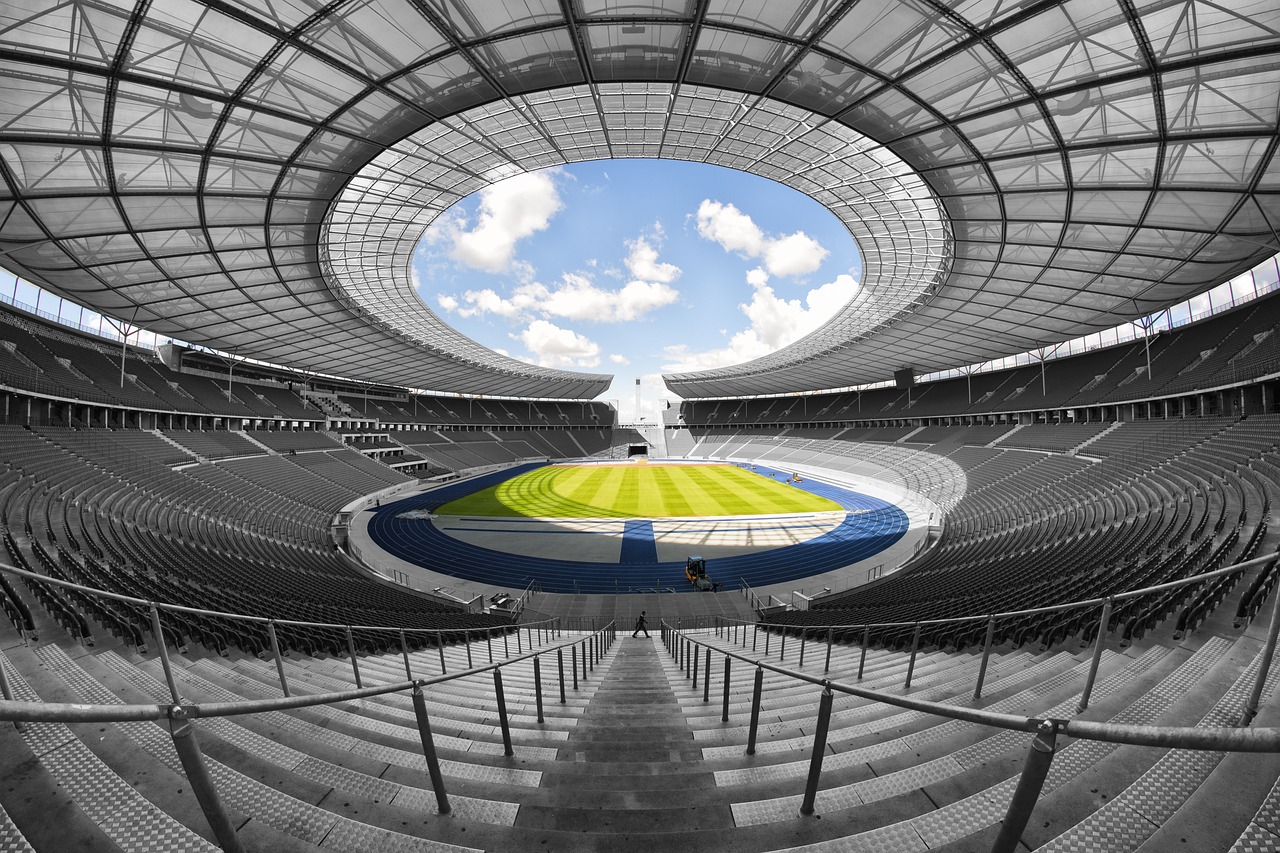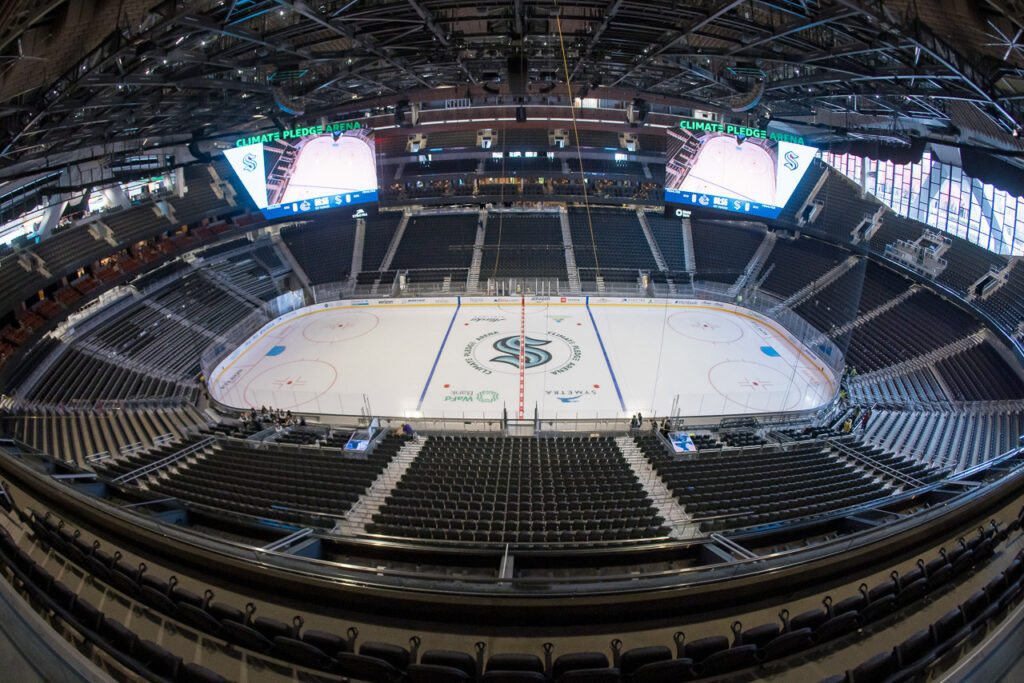Charting the course for sustainable stadiums and arenas: How Industry leaders are implementing sustainability and how you can too.
Sports and entertainment businesses continue to embrace eco-friendly strategies, and the optimal approaches to achieving sustainability in stadiums are becoming clearer. The practical steps taken by industry leaders, such as Oak View Group (OVG) to prioritise sustainability across their venues offers learnings for venues of all sizes in how to do the same.
Is Sustainability in Event Venues Possible?
The resounding answer is yes. OVG is the biggest developer of sports and live entertainment venues in the world, and a signatory of the Climate Pledge. Through their commitment to environmental responsibility, they have been at the forefront of this paradigm shift and debunked the myth that stadiums and arenas cannot be environmentally friendly.
Their venues, such as CFG Bank Arena, UBS Arena, Co-Op Live, Moody Center and others, work under the GOAL platform, which aims to standardise sustainability processes in sports and entertainment. And in their ultimate show of force for environmental sustainability, Oak View Group developed the Climate Pledge Arena, the world’s first 100% zero carbon venue.
But how is it done?
A Checklist to Sustainability in Venues
1. Start With Data
Use data as a strategic tool to measure and guide your sustainability initiatives. It allows for informed decision-making and continuous improvement in environmental performance.
2. Work Local
Collaborate with nearby businesses, providers, and funding sources to implement sustainable practices in a practical and affordable manner. It fosters a sense of community and shared responsibility.
Climate Pledge Arena, for example, sources 60% of their food ingredients from within 300 miles.
3. Eliminate Fossil Fuels
Transition away from fossil fuels by powering your venue with electric energy. Source non fossil fuel energy sources in your local community or build a self sustaining energy supply from Solar Panels.
Reduce environmental impact and contribute to a cleaner, more sustainable future.
4. Offset Carbon Emissions
Include carbon offset initiatives associated with building and material creation to effectively balance the environmental impact of your operations.
Work with trusted organizations to implement meaningful offsets such as rewilding initiatives.
5. Aim for Zero Waste
Implement measures to reduce waste creation. Eliminate the use of fan-facing single-use plastics within your venue and encourage visitors to reduce their waste generation as well by using reusable cups and water bottles.
6. Recycle, Recycle, Recycle
Establish effective recycling systems for any waste produced, and ensure recycling options are easily accessible everywhere in the venue.
7. Climate Protection as a Part of Your Fan Experience
Integrate climate protection into the overall fan and guest experience. It raises awareness and ensures that visitors are informed and engaged in the fully sustainable initiatives within your venue.
Pioneering the Green Revolution
The journey towards sustainability in stadiums and arenas is not only possible but is already underway. Don’t waste your opportunity to stay ahead of the curve and build a unique selling point as a green arena or stadium. Consider the practical ways you can implement these steps – even taking just one step at a time and seeing how each can affect your business.
As pioneers such as OVG and the Climate Pledge Arena show us, sustainability in the sports and live entertainment sector is not just a choice; it’s a strategic imperative that enhances both operational efficiency and the overall fan experience. With these learnings from OVG, the stage is set for a green revolution in stadium and arena operations.






